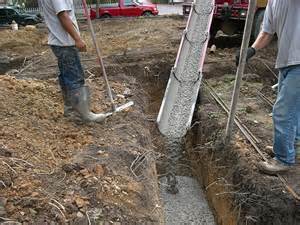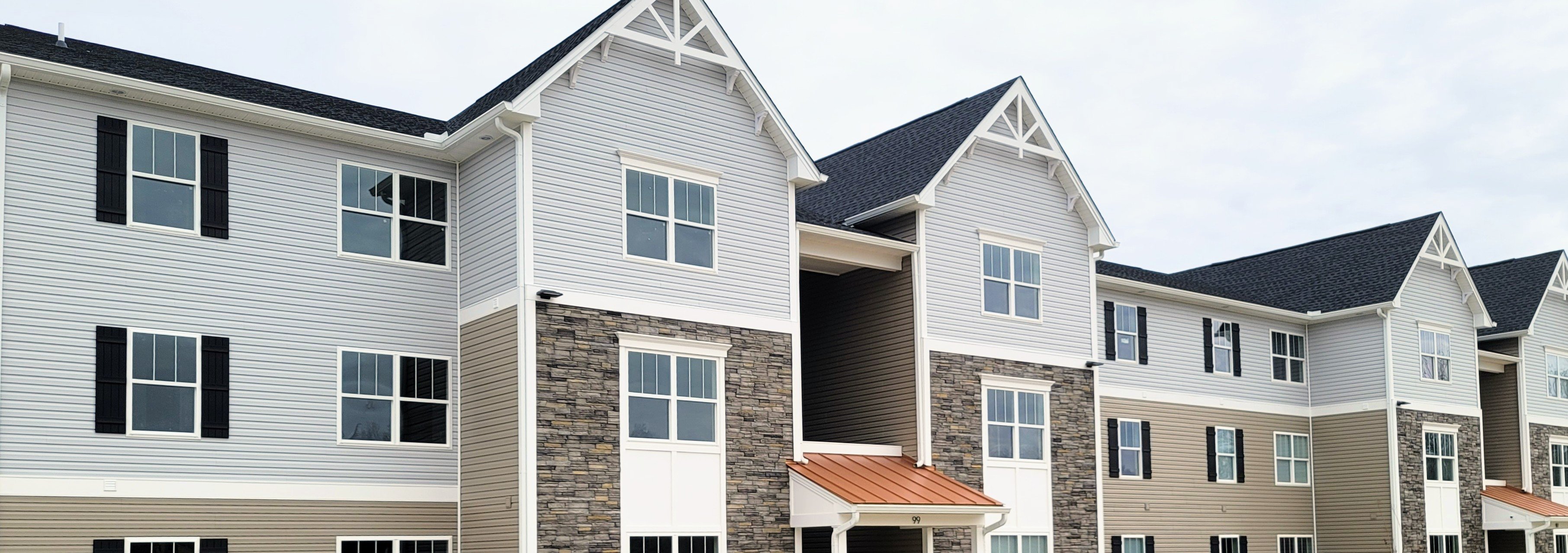In ancient times, people understood how important it was to build their house on a good foundation. Types of foundations vary in different parts of the country/world but today we'll focus on the Northern Neck and Eastern Virginia.
A slab (or pad) is a shallow layer of cement over the entire space of the house. The slab serves as the entire foundation and the house is built on the top of the slab. This is not common in this area and generally the homes aren't as big as the picture below when put on a slab.

A footer is a little more complex. The location of the foundation is dug out about 2 feet into the ground. Before cement is poured, it looks like a maze in the ground. Cement is then poured into the maze/hole to provide a solid surface to build foundation walls.


On top of the footer brick masons create one of three types of foundation walls: Cinder block, brick, or cinder block with a brick exterior (to give the apprearance of a brick foundation). There are multiple websites that compare and contrast the various foundation types so I'll just touch on it a little. Generally, a cinder block foundation is the least cost, brick is the most cost and the cinder/brick combination is somewhere in between. It should be noted that you don't lose any strength or durability when you chose cinder block over brick. Purely brick foundations are phasing/phased out because cinder block makes more sense financially and structurally. Cinder block also doesn't provide the rustic/historical look so common/prefered on the Northern Neck so a cinder block - brick foundation seems to be the happy medium. In the picture below, notice the brick exterior with a cinder block interior.

Hopefully you now feel a little more confident in your knowledge of the foundation process and how it all works. Packett Properties creates a solid foundation (both literally and figuratively) for you in your home construction process on the Northern Neck.

